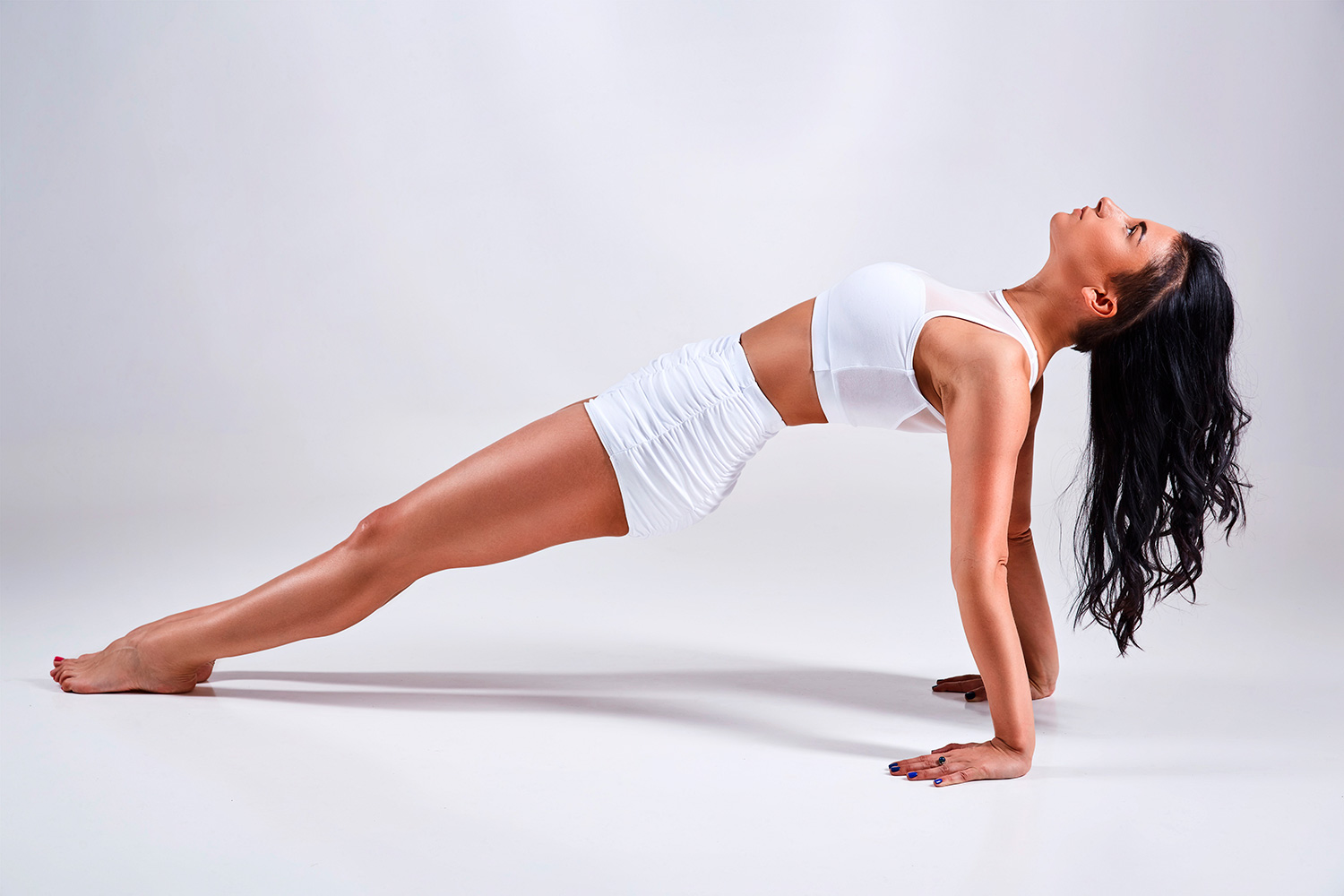
Andrea has been hosting yoga retreats in various locations worldwide…
The lower back is a sore spot for many people, a sensitive area requiring extra attention and support. Pain in this area is quite pervasive; in fact, estimates suggest that 80% of the people will experience lower back pain at some point during their lives. From weak abdominal muscles to poor posture to repetitive movement, there are a variety of reasons why the lower back can cause us pain. Injury of course is another one. Despite what may be a chronic experience, there are movements that can help to provide relief of aches and pains that fester in the muscles of the lower back.
A variety of Pilates exercises can provide the relief we seek when the pain seems unwilling to recede. Pilates strengthens core muscles, gently stretches tight muscles, and supports proper alignment of the spine and body as a whole. It facilitates the release of tension, guiding the body into a relaxed state. With a focus on deep breathing in conjunction with physical movement, the mind calms down and oxygen flow is enhanced. Pilates sets the stage for deep cleansing, healing, and pain relief.
Things to Keep in Mind
Before beginning any exercise program to manage back pain, it is important to consult with a healthcare practitioner to understand the unique underlying causes of your pain. There is no “one size fits all” approach to healing. Injury, for instance, will greatly determine what movements are appropriate for any given situation. Some may be unsuitable and potentially harmful.
Throughout any Pilates practice, it is important to breathe deeply and to move mindfully. Deep breathing activates the muscles and mindful movement ensures that the body is engaged, without going too far. When we increase awareness of the body during exercise, we come to better understand its needs and limits. This authentic listening, or tuning in, helps us to better understand and assess our needs at any given moment. Moving slowly and gently keeps us from pushing ourselves too far.
12 Pilates Exercises for Lower Back Pain
For lower back pain not caused by any particular injury or condition, the following exercises can be explored to help manage and relieve the experience of pain.
Cat-Cow Pose

Cat-cow can be used as a warm-up exercise or placed anywhere else within your routine. This movement rotates between back stretch and back extension.
- Come to all fours, with your hands beneath your shoulders and your knees beneath your hips. The toes can be curled under or resting on the mat, whichever is most comfortable.
- Ensure that the spine is straight; engage the core muscles in this neutral position.
- On your next exhalation, pull the belly as if up towards the sky, arching the back like a cat. The head and tailbone release towards the floor. Hold here for a moment or two.
- On your next inhalation, reverse the movement by bringing the tailbone, head, and chest back up and by allowing the stomach to reach towards the floor. Hold here for a moment or two.
- Repeat this movement, going back and forth slowly, at least two or three more times to help lengthen the spine.
Standing roll-up Pose

The standing roll-up (or roll-down, for that matter) is another nice warm up to introduce motion to the muscles in the back.
- Begin standing, with arms raised above the head. You might wish to hold a lightweight ball to lead the direction of the movement, however this is not necessary.
- Inhale deeply and then allow the arms to reach forward and then down towards the floor. Bring the chin down towards the chest.
- In a slow and gentle manner, begin to roll in a smooth motion towards the floor as you exhale. The back curves naturally and gently as you reach towards the mat or ground below you.
- Pause for a moment at the bottom, inhale again, and reverse the motion alongside the exhalation. Continue this slow roll up until you return to a standing position. As you roll up or down, notice if the hips fall backwards; be mindful to keep in a neutral position during this movement.
Chest Lift Pose

The chest lift is one exercise that strengthens the abdominals and can, in effect, help to relieve pain in the lower back.
- Lay on your back a straight spine and the knees bent; feet rest flat on the floor. The legs are parallel and your hands are behind your head. Ensure that the core muscles are enaged.
- On your next exhale, lift the head and chest, drawing the belly down as if towards the mat. The pelvis remains still.
- Inhale as you rest the head back down.
In this exercise, it is important to allow the abdominals to do the work, not the neck or upper body. If there is neck pain, ensure that the abdominals are engaged; if it persists, move on to another exercise.
Pilates Child’s Pose

Child’s pose provides a gentle and soothing stretch for the back. It can be an exercise on its own, or retreated to in between other movements.
- Kneel on your mat, resting your butt on your heels. The toes can touch as you gently open the knees to be hip-distance wide.
- Lean forward overtop of your thighs, allowing your hands to stretch out before you. The forehead rests on the floor. If it feels better, arms can remain at your sides.
- In this position, simply breathe and relax. You can spend a few minutes here, allowing the body to really sink into this state of relaxation.
Swan Prep Pose

This exercise is great for strengthening the back extensors, which in turn, help to uphold good posture.
- Begin lying face down on the mat. Bending your elbows, bring your hands beneath your shoulders and elbows tucked in. Allow the shoulders to fall down from the ears. Legs can be together or up to shoulder-distance apart. Engage core muscles throughout this exercise.
- On the inhalation, lengthen the spine as you press your forearms against the floor. Raise the upper body, which might only come just a few inches off the mat. Allow the neck to elongate.
- Press your tailbone down and into the mat to protect the lower back. As you exhale, continue to engage the core as you return the upper body to the mat slowly and naturally.
- Repeat this gentle motion a few more times. As you continue to practice this exercise, you will naturally find the upper body is able to lift a little bit higher, but don’t push it.
Pelvic Bridge

This bridge position helps to strengthen the back muscles and engages the core.
- Rest on your back with your knees bent. Feet are flat and rest about four inches away from the butt. Arms rest at either side with palms face down.
- Tightening your backside and pressing through both feet, lift your hips slowly off the floor until knees, hips, and shoulders are in line with one another. Do not move or roll the neck in this position. Allow the upper body to relax.
- Hold this position for about ten seconds and then gently release back down to the floor. You can repeat this ten to twelve times and perform up to three sets.
Forearm Plank Pose

The forearm plank is another core strengthener, working on the entire midsection.
- Resting with your stomach on the mat, place the elbows directly beneath the shoulders. Forearms remain in contact with the mat.
- Tuck the toes in preparation to push up with the strength of your core.
- Engaging the abdominal muscles and strengthening the entire midsection, lift the body off the mat, aside from forearms and the balls of your feet. Form a straight line from your head to your toes.
- Hold this position for 20-60 seconds, depending on your core strength, and then lower your body back down. Repeat a couple more times.
Supine Spinal Twist Pose

Rotating the legs from side to side, or in other words twisting the spine in a controlled and gentle manner, stretches the back muscles to help alleviate pain. It also strengthens the obliques.
- Begin on your back with knees bent and feet flat on the floor. Arms are stretched to either side.
- Squeezing the knees together, gently twist the lower body so that the knees, together, move to one side. Ensure the core is engaged and both shoulders are in contact with the ground.
- Draw your navel in towards the spine as you bring the knees back to the center before moving them to the opposite side. Return to the center once again.
- Repeat this movement a few times or more, rotating back and forth between each side. It is important to keep the core engaged to protect the back and spine during this exercise.
Hamstring Stretch Pose

Tight hamstrings may be a contributing factor to lower back pain; in this case, this stretch can help with pain alleviation.
- Begin on your back. Bend one leg, allowing your foot to rest on the floor and gently raise the other leg straight towards the ceiling. If required, you may use a towel or resistance band to help hold the leg up.
- With the leg kept straight, gently pull the leg towards you until you feel a stretch in the hamstring. Ensure that you do not twist as much as possible here in order to protect the spine.
- Hold here for 15-20 seconds, continuing to breathe, and then gently lower the foot back down to the mat. Repeat with the other leg.
Kneeling Arm and Leg Reach Pose

This movement activates the entire torso, stabilizing and strengthening as you go.
- Coming down onto all fours, place the hands beneath the shoulders and knees beneath the hips. Ensure that the spine is in neutral position.
- The midsection remains stable as you stretch one arm forward and the opposite leg backwards while keeping fingertips and toes on the mat.
- Once you are as far as you can go while remaining in contact with the floor, gently lift the extended arm and leg while keeping the torso stabilized. The arm and leg may come to be parallel with the ground.
- Hold here for just a few seconds before slowly coming back down and into the starting position.
- Take a few moments to stabilize once again and then repeat with the opposite arm and leg.
- Repeat this exercise for a few more rounds on each side.
Superman Pose

This exercise helps to improve posture by strengthening the long muscles of the spine.
- Begin by resting on your mat face down with arms stretched ahead of you. Arms are shoulder-distance apart while legs are hip-distance apart.
- As you inhale, gently raise the arms and legs one or two inches off the floor; hold the lift here on your next exhalation.
- Lower all limbs back down to the floor as you inhale and hold here for the exhalation.
- Repeat this repetition about ten times in total, or as feels natural to your body.
Swimming Pose

The “swimming” movement helps to strengthen the body by working opposing long muscles of the spine.
- Begin in the same position as Superman – face down with your arms stretched ahead of you. Again, arms are shoulder-distance apart and legs are hip-distance apart.
- On inhalation, gently lift the right arm and left leg one to two inches above the floor. On the exhalation, gently reverse the position, lowering the raised limbs and lifting the left arm and right leg this time.
- Repeat this motion for a minimum of ten repetitions, or as the body sees fit.
Remember that each body is unique and requires different levels of practice and movement to relax and restore it and to relieve it from pain. Always listen to the body through each and every movement. Pilates is a great method for increasing awareness of the body as we are called to draw our attention to our alignment and to the energy that brings us movement. By getting to better know our individual needs and unique body, moment to moment, we become empowered to stretch, strengthen, and release it in order to relieve ourselves of pain.
What's Your Reaction?
Andrea has been hosting yoga retreats in various locations worldwide since 2003 and continues to encourage her students to live as the best version of themselves. Yogic living provides the framework for her informative writing, which is chock-full of beneficial tips and tricks.






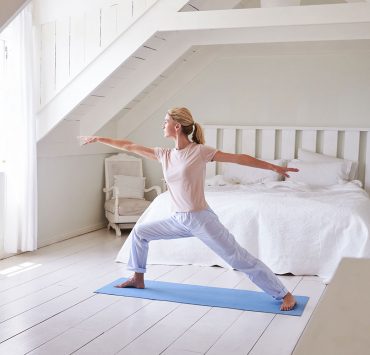
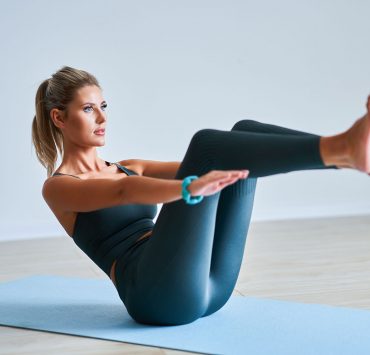
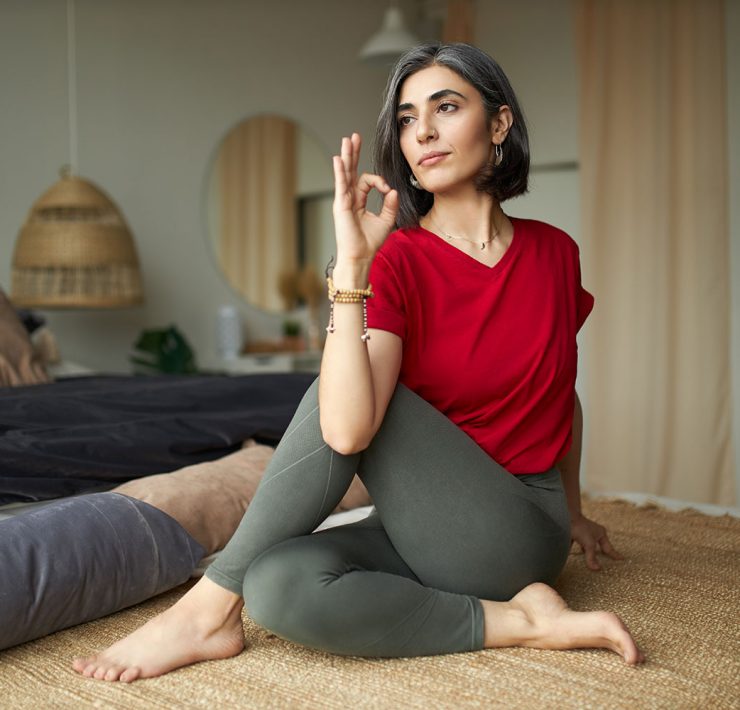
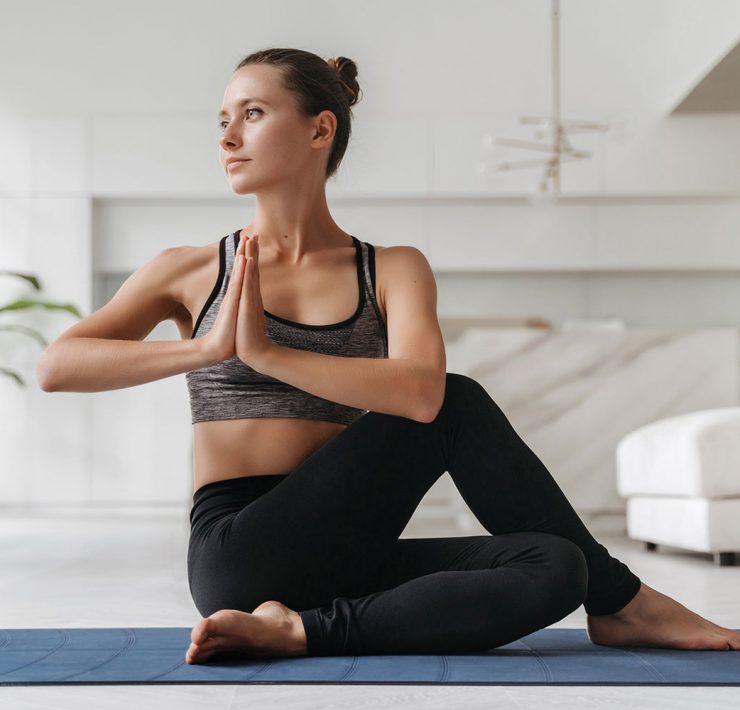
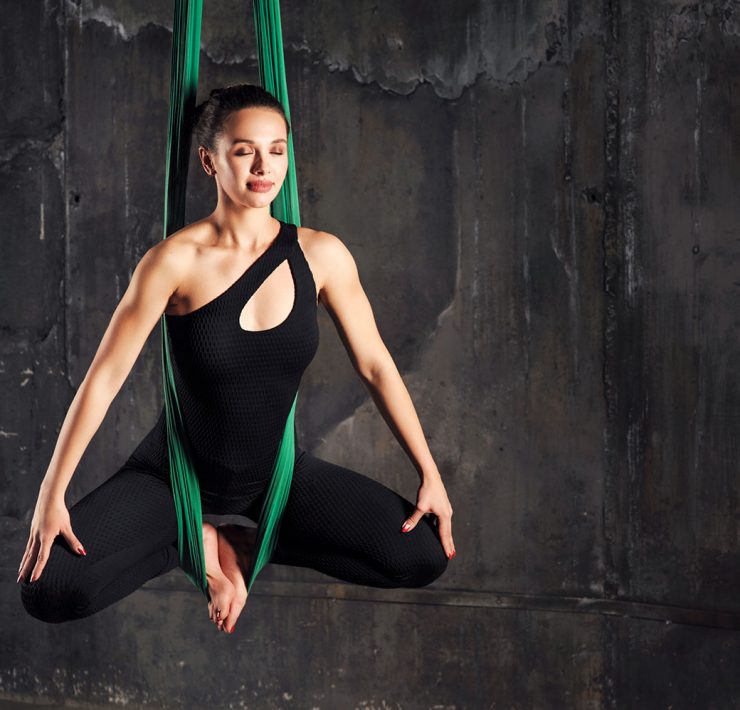
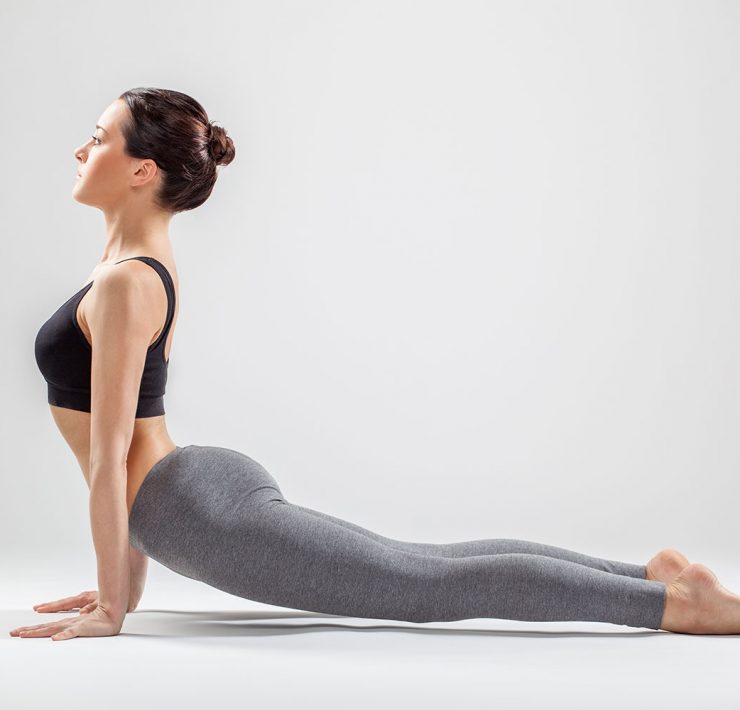
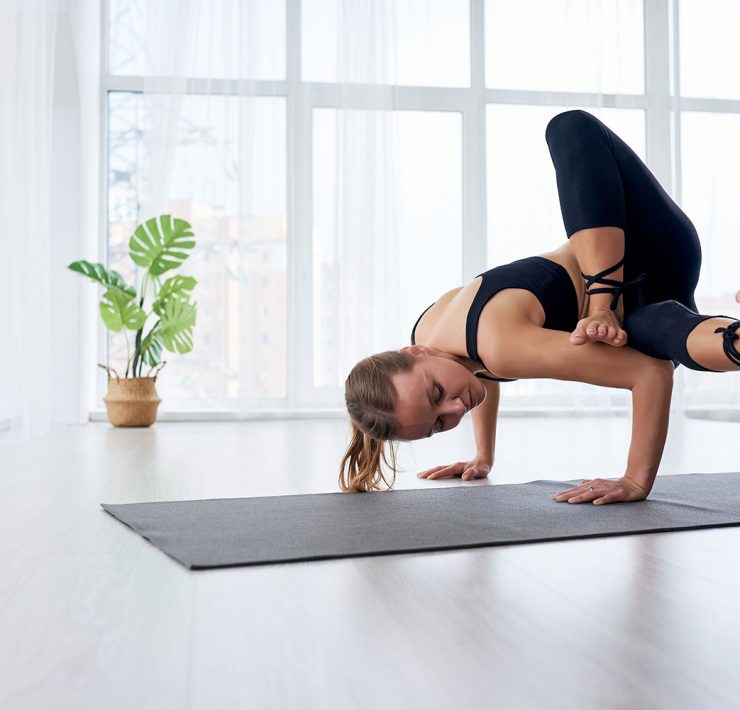
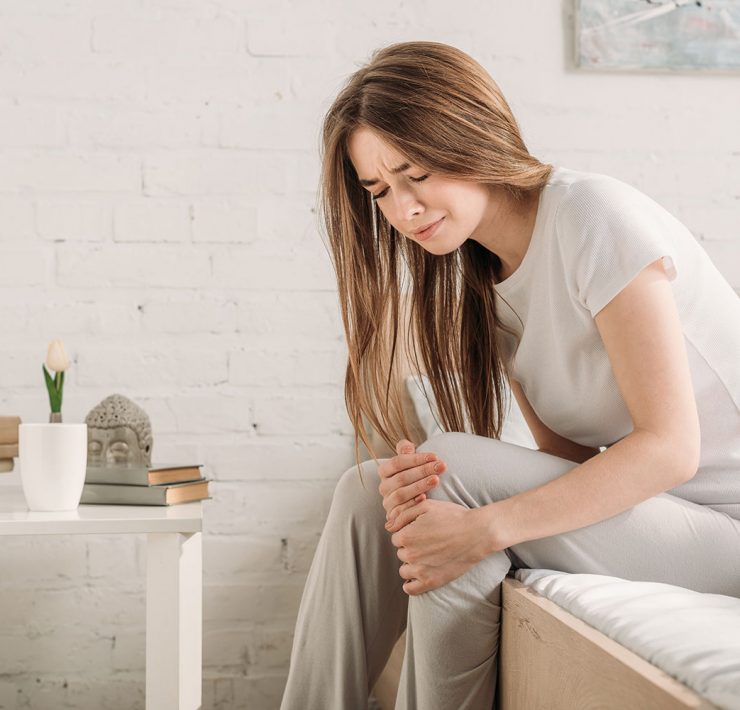

I am really impressed along with your writing abilities as well as with the structure in your weblog. Is that this a paid topic or did you customize it your self? Anyway keep up the excellent high quality writing, it’s uncommon to see a nice blog like this one nowadays.